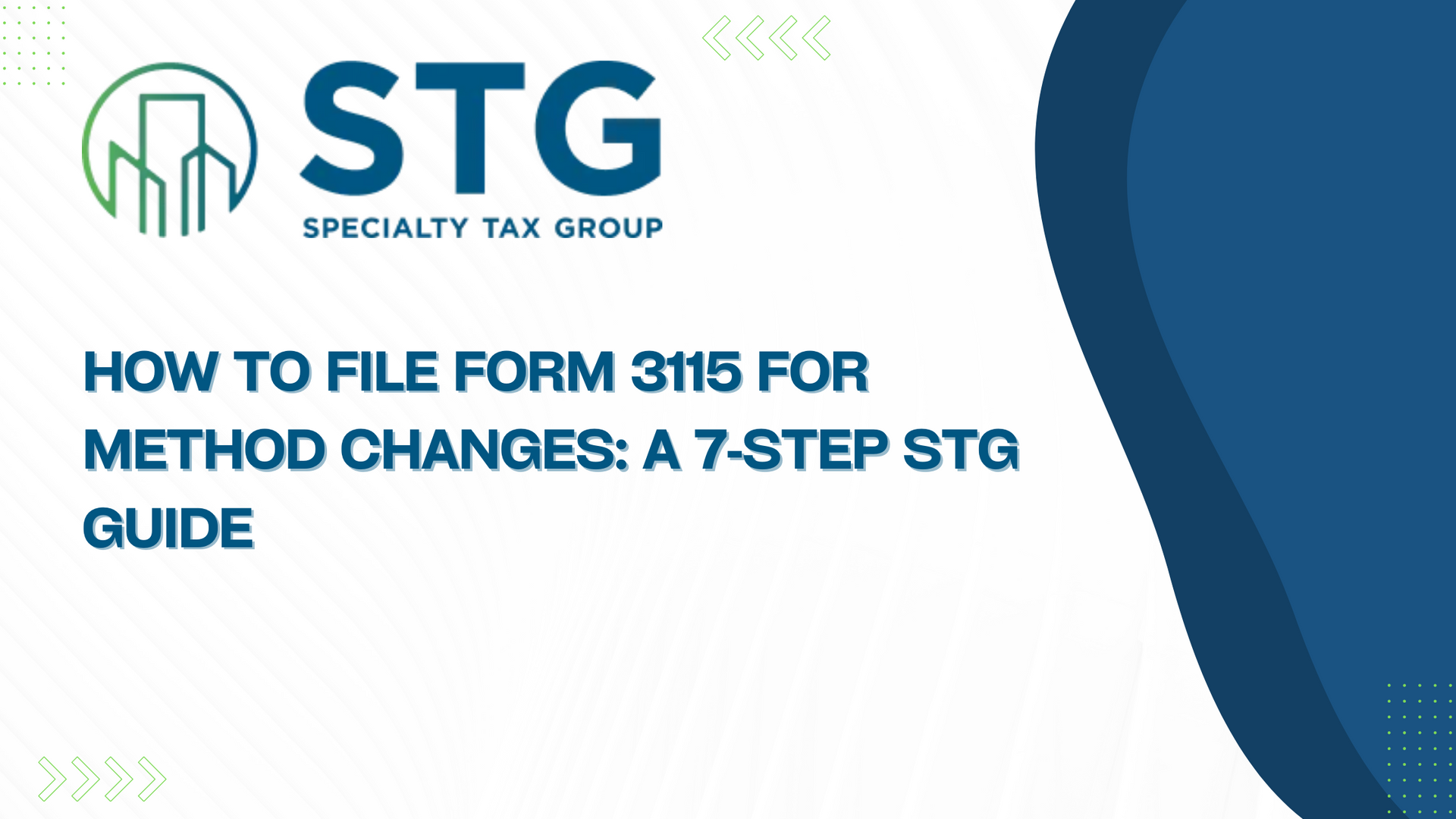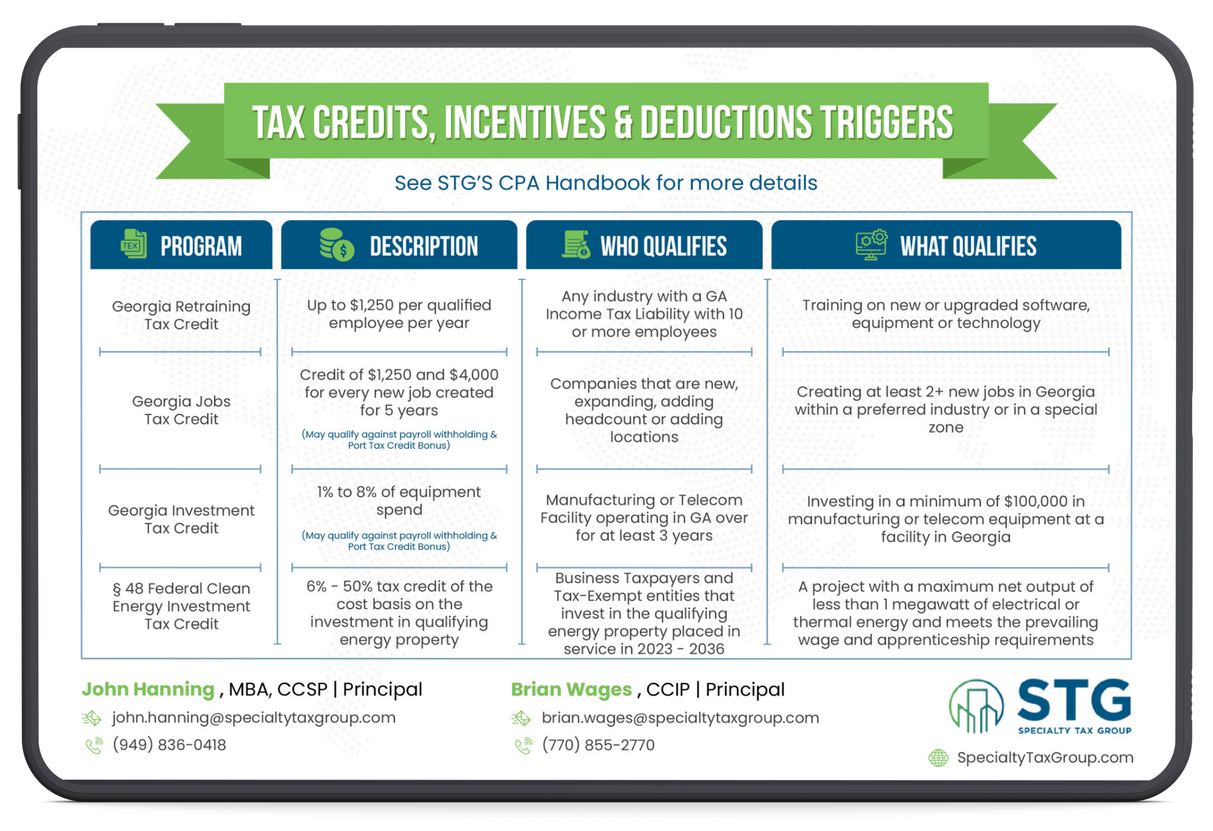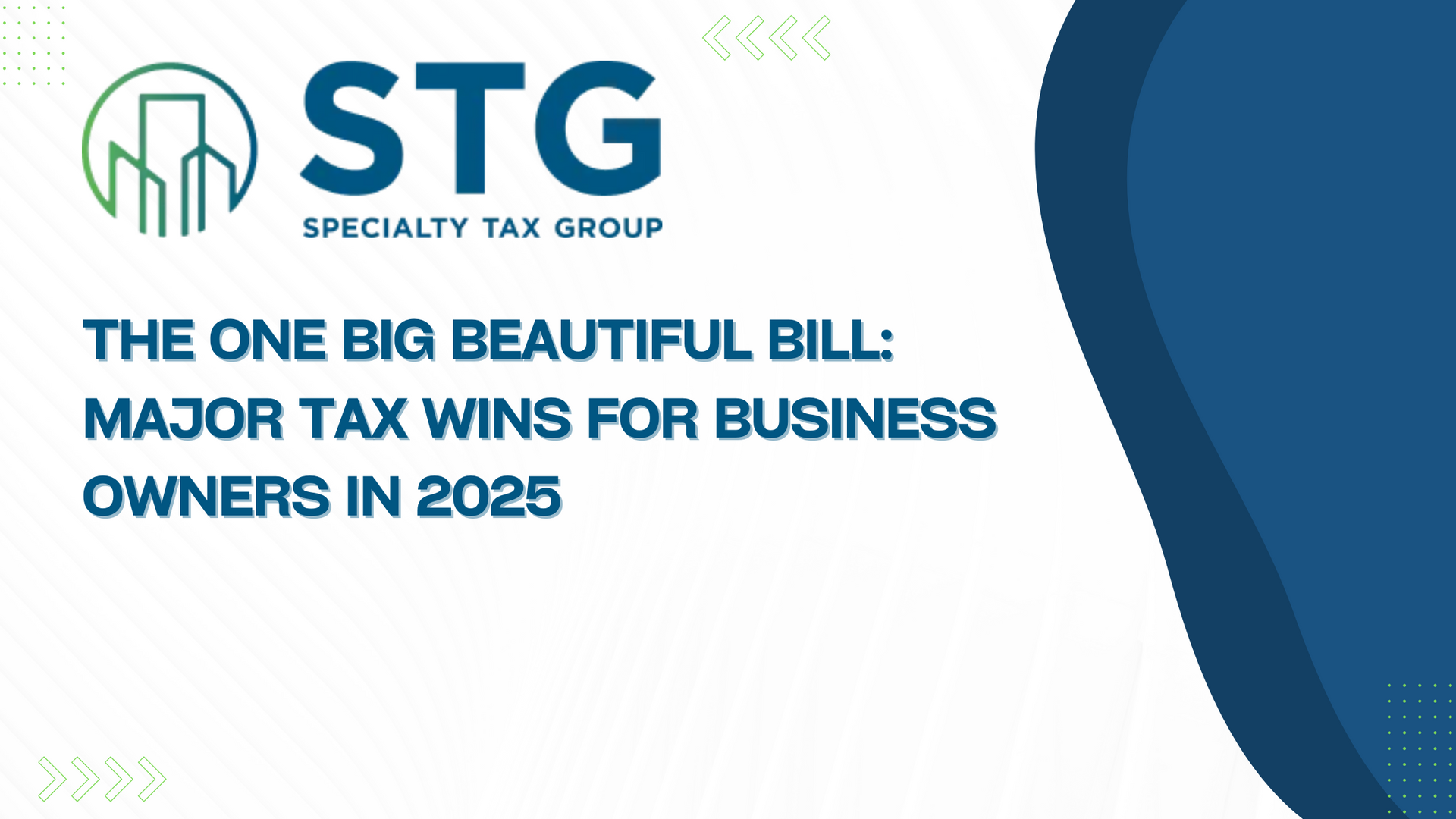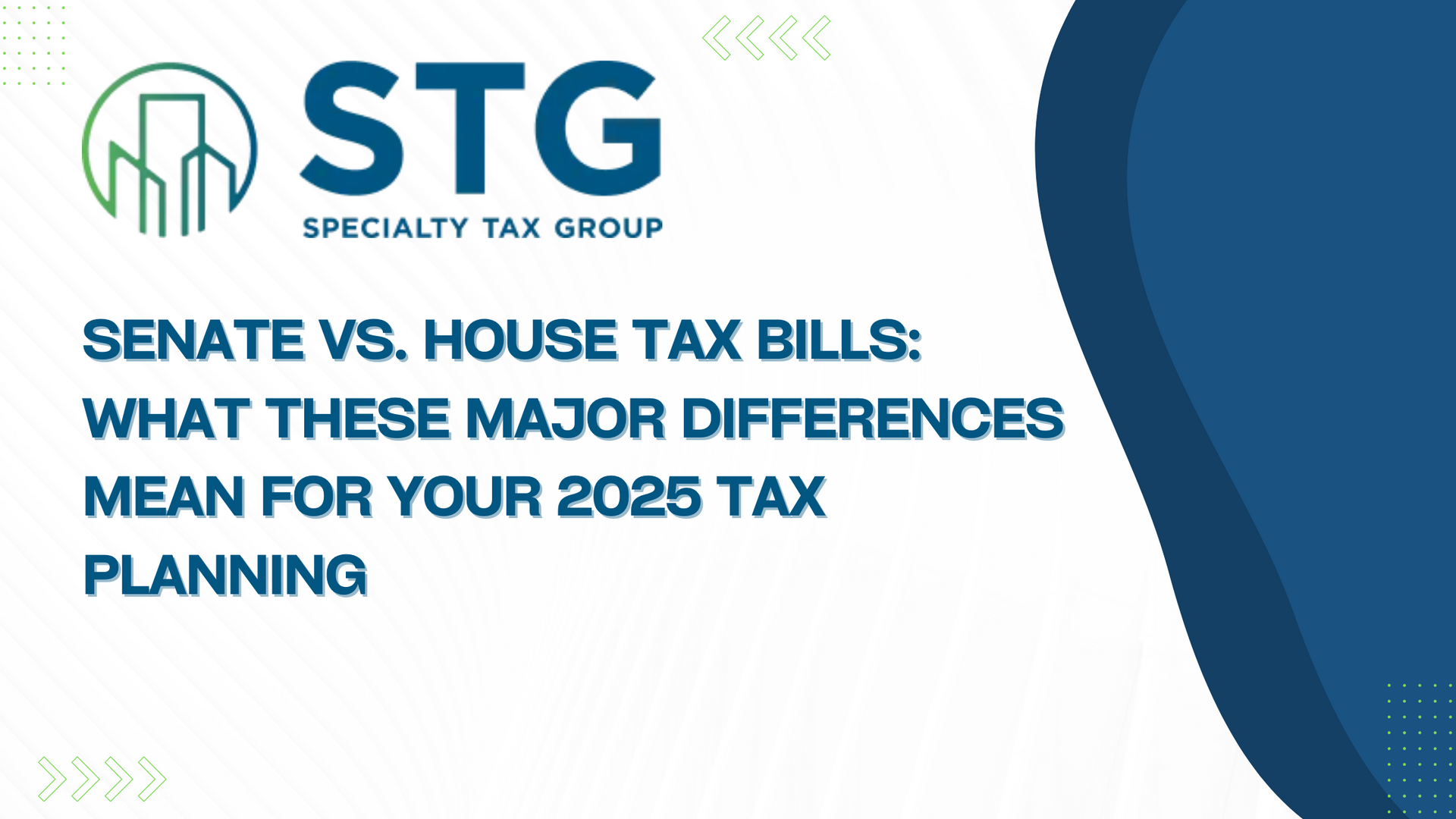Cost Segregation: The Tax Strategy Most Investors Still Miss
This blog post has been researched, edited, and approved by John Hanning and Brian Wages. Join our newsletter below.
In this episode of SoCal Multifamily Insights, tax strategy expert Geraldine breaks down one of the most underused tools in real estate: cost segregation.
Learn how one investor avoided a $100,000 tax bill and how you can increase your cash flow by front-loading depreciation—even years after purchase. Whether you’re investing in multifamily, commercial, or planning a development, cost segregation can be a game-changer.
2024 Tax Guide

Changing your accounting method can unlock massive tax savings, but only if you file Form 3115 correctly. This IRS form lets you switch from your current depreciation method to reflect the results of a later cost segregation, potentially saving you tens of thousands—or even hundreds of thousands—of dollars on your taxes. Here's exactly how to do it right. What Exactly Is Form 3115 and Why Does It Matter? Form 3115 is the IRS's "Application for Change in Accounting Method." Think of it as your official request to change how you depreciate business assets, especially when you want to implement cost segregation studies on your previously acquired properties. Here's why this matters: When you originally filed your taxes, you probably depreciated your entire building over 27.5 years (residential) or 39 years (commercial). But with cost segregation, you can reclassify portions of that building into 5, 7, and 15-year property categories, dramatically accelerating your depreciation. The numbers speak for themselves. A cost segregation study on a $13.5 million retail shopping center purchased in 2021 generated $1,168,876 in tax savings in the first year alone. That's the power of properly executed accounting method changes.




